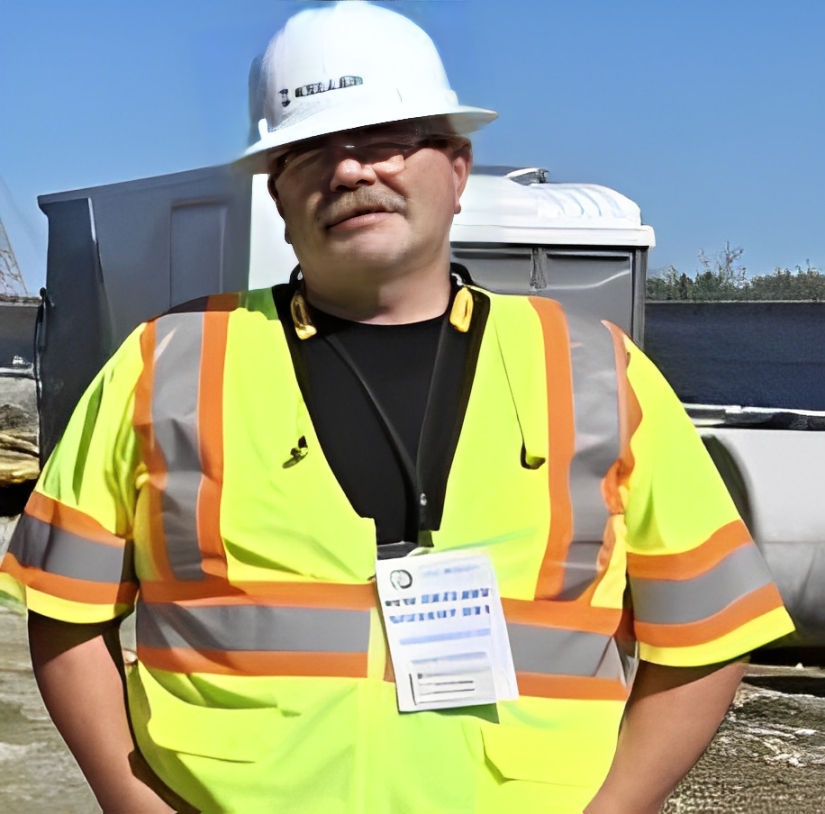Elayne Here about me.
I’m an accountant by trade, specializing in income tax returns. I’ve done thousands of them. I started doing taxes and realized that people had rental properties with all the depreciation. They actually had a loss on their tax return, but at the same token, they had cash flow because of depreciation. A great investment, you have depreciation issued by the IRS and you have appreciation based on the marketplace. So, I realized after the tax season was over one year that I needed to get more involved in the real estate industry, so I started flipping houses. I realized that I needed some education. I find education and knowledge very important. Think about if it’s my initial EK education knowledge. I live here in the state of Connecticut and there’s a great organization called CTREIA.
I joined the organization. I was in the organization for a while and I decided to go through their coaching program. I chose the top of the line platinum program. I was awarded student of the year in my first year. The next year I got another award. This award was for being persistent. I was voted miss persistent. As I continued my real estate career, I first owned a bank-owned property that I lived in, renovated, rented it out and then eventually sold it. I’ve also done tax deed sales, as well as attended many foreclosure sales.
I’ve talked to sellers and got seller financing on projects. I’ve talked to owners of property and purchased the property sub-2 their mortgage. I purchased a property, fixed it up, rented it out and that same person had the option to purchase it. This strategy is called the lease option strategy that I’ve completed. I’ve also done Co-living. I am here to help people with their real estate issues and if you want to become a real estate investor, contact me. I can help you.
Meet The Team
Elayne Kohan
Phone: (203) 850-1993
Email: info@tinyhomeusa.store
John Kelley
Phone: Unknown
Email: john@tinyhomeusa.store
Lara Serwaa
Phone: (475) 267-2510
Email: info@tinyhomeusa.store
Project Phases

Feasibility & Design
Tiny home feasibility depends on zoning laws, land access, and utility connections. Efficient design focuses on multifunctional spaces and compact living. Sustainable materials and energy-efficient systems reduce long-term costs. Local building codes determine foundation type and mobility options. Smart storage and adaptable furniture maximize limited space. Design must balance functionality, comfort, and regulatory compliance.

Permit Application
Submitting a permit application for a tiny home requires detailed site and floor plans. Applicants must comply with local zoning laws, building codes, and utility regulations. The structure type—on wheels or permanent—affects permit requirements. Proof of land ownership or a lease agreement is typically required. Applications often need engineering reports for structural and safety compliance. Health and sanitation systems must meet municipal standards.

Construction
With permits in hand, we can commence the construction of your Tiny Home. This phase is where the plans for your new home transition from paper to reality, from the laying of the foundation and framing to the installation of electrical, plumbing, and finishing touches. We'll be communicating often and transparently throughout the construction to keep you informed as well as to receive any inputs, requests or questions you may have.

Final Walkthrough
The final walkthrough ensures the tiny home meets all design and safety specifications. Inspectors verify structural integrity, electrical systems, plumbing, and insulation. All fixtures, appliances, and finishes are checked for proper installation and function. Doors, windows, and storage features are tested for ease of use and alignment. Compliance with building codes and permit requirements is confirmed. Any remaining issues or touch-ups are documented for correction.


